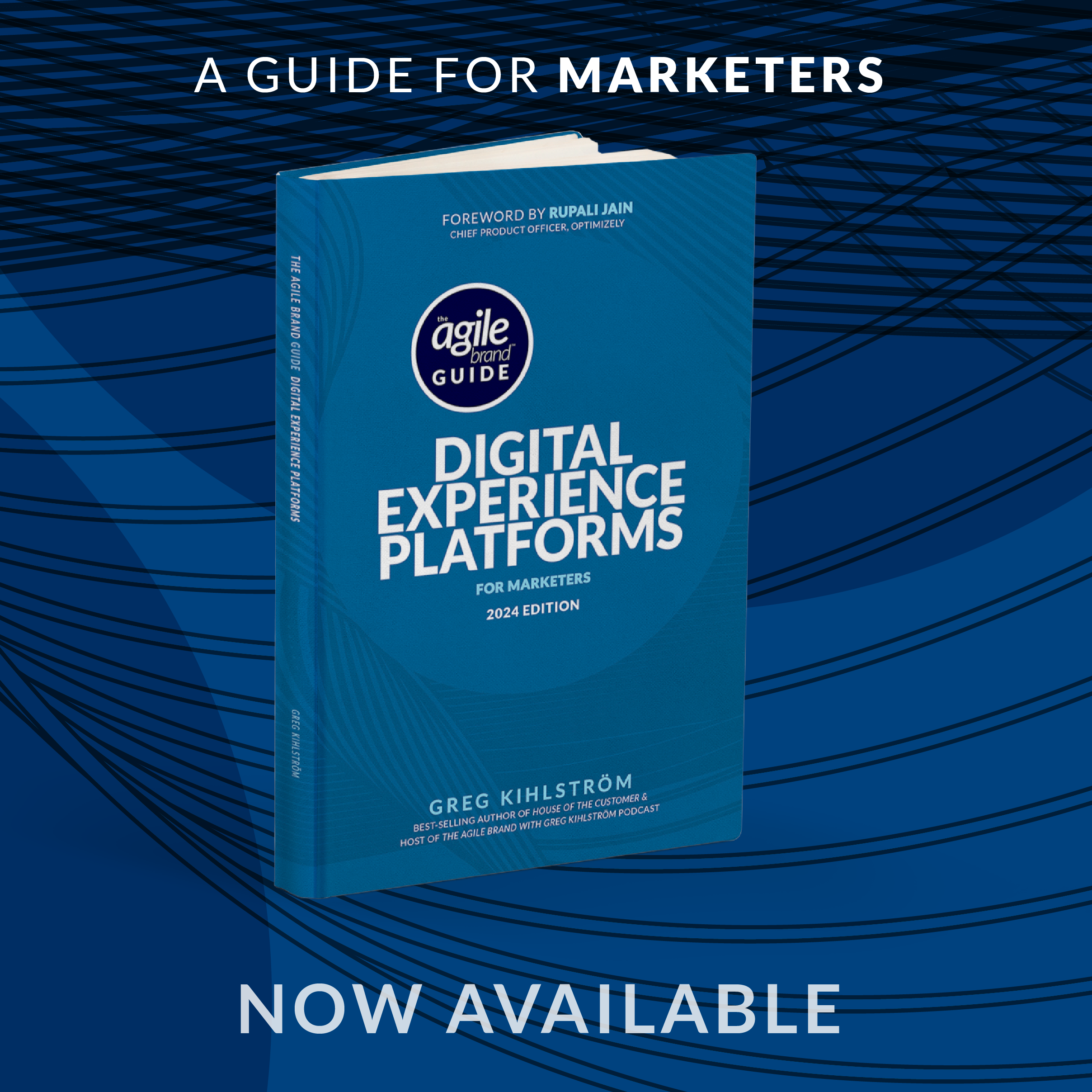This article was based on the interview with Tine Van Calster, Product Owner, Segment of One, Telenet by Greg Kihlström, MarTech and AI keynote speaker for The Agile Brand with Greg Kihlström podcast. Listen to the original episode here:
Marketing leaders talk a big game about “customer-centricity,” but too often that phrase is code for “sell harder with friendlier emojis.” In Belgium’s hyper-competitive telco market, Telenet turned that trope on its head. Instead of nudging customers to upgrade, the company built a program that sometimes recommends downgrades—on purpose. The result? More loyalty, stronger brand affinity, and an unexpected boost to digital engagement.
This article dissects the strategy behind Telenet’s Check & Smile initiative and the five-year journey to an always-on, AI-driven “segment-of-one” capability. Drawing on my conversation with Product Owner Tine Van Calster at PegaWorld 2025, we’ll explore four lessons for enterprise marketers: design for long-term trust, build an omnichannel brain, measure the right kind of value, and treat change management like a full-contact sport. Grab your favorite KPI dashboard—just don’t expect revenue to appear in column A.
A Counterintuitive Loyalty Play: Check & Smile
Telenet’s flagship customer-experience value proposition (CVP) lives inside its self-service app. It checks network quality, product usage, and a few unsung service facets, then suggests fixes—even if those fixes cut monthly spend. As Van Calster explains, “Check and Smile is an application in our app…only for our existing customers…we do proactive checks for our customers that make them happy” for-social-media-conten…. The team even recommends “sending a technician or…suggesting a downgrade” when data shows the customer is paying for unused services for-social-media-conten….
Why give up short-term revenue? Because telco churn is brutal, and commoditized discounting is a race to the bottom. By signaling that the brand prioritizes fairness over ARPU, Telenet earns what money can’t buy: cognitive loyalty. Marketing leaders can steal the playbook by identifying high-friction experiences where proactivity outweighs margin cannibalization. The secret isn’t generosity—it’s strategic loss aversion, aimed at a bigger lifetime-value prize.
Architecting Segment-of-One Personalization at Scale
Check & Smile sits atop a five-year investment in Pega Customer Decision Hub (CDH). Van Calster admits the team built “these Rolls-Royce capabilities before [marketing] even had a driver’s license,” but the payoff is an always-on engine that thinks in probabilities, not personas for-social-media-conten…. “It’s always on, it’s hyper-personalized, and it is omnichannel,” she notes, grounded in “extremely data-driven and AI-driven” decisions for-social-media-conten….
For marketers drowning in point solutions, the lesson is sobering: real-time relevance demands unified decisioning that spans email, app, web, and the call center. A/B tests on landing pages won’t cut it. Build the neural network once, then let channels subscribe to the same next-best-action brain. And yes, start smaller than Telenet did—unless you enjoy burning cash on unused martech horsepower.
Measuring What Matters: Trust, Engagement, and “Feels”
Because Check & Smile sometimes lowers ARPU, finance dashboards alone can’t judge success. Instead, Telenet tracks brand KPIs such as NPS, perceived value, and engagement rates. “Fifty percent of our customers feel more valued because we now offer this service,” Van Calster reports; plus a 10 percent acceptance rate on offers and a surge in app downloads post-launch for-social-media-conten….
Even prospects are taking notice: “More than 60 percent [of non-customers] said…‘I would consider Telenet as my provider’” because of the program for-social-media-conten…. In other words, empathetic CX doubles as a lead-gen ad without media spend. Marketers should broaden scorecards to include indicators that money can’t directly capture—perceived fairness, proactive care, and reduced “silent churn” risk. Your CFO may raise an eyebrow; reassure them that trust is an appreciating asset.
Braveheart Change Management: Rallying the Troops
Strategy and AI are useless without cultural buy-in. Telenet christened the initiative “Project Braveheart,” signaling a principled stand for customer-centricity. Leadership set a six-month deadline and rallied cross-functional teams under the battle cry, code name included. As Van Calster recalls, “It was really like just standing up for your principles…with brave hearts, make sure that we get there” for-social-media-conten….
Equally important was reframing AI decisioning as complementary, not competitive, with marketers’ campaign craft: “If you just say it complements…then the real team [sees] it’s not a competition” for-social-media-conten…. For enterprise CMOs, the takeaway is clear: position advanced tooling as an exoskeleton for human creativity, not a replacement limb. And never underestimate the motivational power of a good code name—preferably one that fits on a coffee mug.
Conclusion
Telenet’s experience proves that helping customers spend less can ironically make them worth more. By embedding proactive checks, ethical recommendations, and AI-guided empathy into a single app touchpoint, the company forged a loyalty moat competitors struggle to breach. It did so without pixel-shaming creatives or obsessing over open rates; instead, it rewired decision logic around long-term reciprocity.
For marketing leaders eyeing similar transformations, four imperatives emerge: design CVPs that privilege trust over transactions; centralize real-time decisioning to power all channels; adopt metrics that reward felt value; and orchestrate change with the zeal of a cult classic. Do that, and your customers may start smiling too—ideally while paying exactly what they actually need, and sticking around long enough to tell their friends. be memorable. Don’t confuse constraints with limitations. And never forget—your buyer is a human first.







